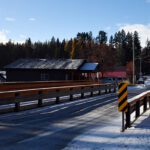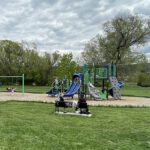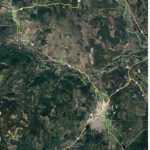Home »
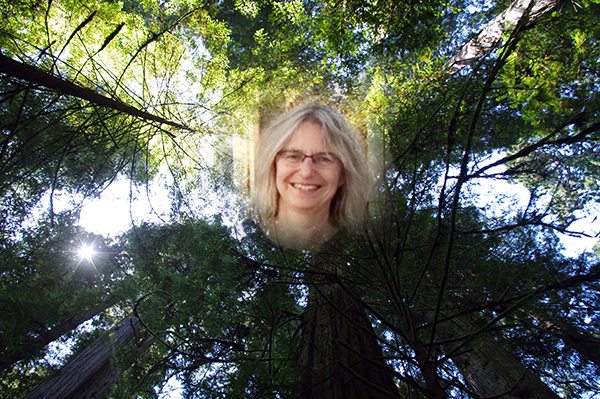
Mother Trees; stay connected and see the system
By Anne Jardine
On Friday, May 11, Wings Over the Rockies keynote guest biologist Suzanne Simard gave her audience a glimpse of her lifetime in science and her unique take on Mother’s Day.
She celebrates “Mother Trees.” As a researcher and UBC professor, she has been studying the underground relationships between fungal networks and trees, and also between and among the various trees within the forest. She characterizes the largest, oldest, and tallest trees in a particular forest community (usually conifers) as mother trees. Because of their greater age, mother trees have survived more floods, droughts, extreme winters, insect invasions, and forest fires, and thus they have developed the power to cope with all kinds of extremes.
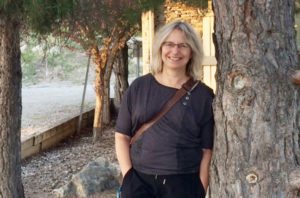
Professor Simard and her research team have measured the ways mother trees are able to send water, electrical impulses, and nutrients through their intricate root networks to their own offspring in the nearby forest, to other trees of the same species, and surprisingly, even to trees of different species, nurturing and strengthening the whole forest community.
They do this with the help of their symbiotic fungal partners through an exchange of nutrients. The fungal mushroom mycellium (root network) provide the trees with essential minerals, and the trees send some of the sugars – complex carbons – produced through photosynthesis through their root networks to the underground hair-like mycellial networks. This exchange not only keeps the fungal partners healthy, and the trees healthy, it also produces by-products that provide food for the millions of bacterial and other micro-biotic life forms that make up healthy soil.
The role of mother trees within this interrelationship is important because they have the widest root systems and can connect with many other trees around them sending food, water, and information to help keep the whole forest community growing.
Professor Simard, daughter and granddaughter of old-time West Kootenay horse loggers, has been a tree biologist for over 30 years.
She has been particularly interested in the tree species of the Kootenays: fir, spruce, pine, cedar, larch, birch, poplar, and alder. She has been observing and measuring carbon transfer and symbiotic relationships among these species and their mushroom associates. She has also been tracking the impacts of industrial logging practices and climate change on the forest relationships.
Several years ago, Professor Simard initiated an experiment to compare eight different forest sites in the western mountains of North America, from northern Mexico to northern B.C. In each 80-hectare site, her researchers are trying to learn which variables of forestry plans and practices will result in healthier, more resilient trees.
She has discovered that stands with no mother trees grow more slowly and are more vulnerable to insect and climatic threats. She has also found that mixed forests including deciduous species and both older and younger trees tend to be healthier and more disease resistant than mono-culture tree plantations.

From her work so far, she is learning that mother trees are the key to understanding forest health.
She is also learning from the behaviour of the individual mother trees.
Several years ago, Professor Simard was diagnosed with breast cancer. She went through a period of despair, wondering what would happen to her young daughters if she were to die. At the same time in her work, she was beginning to figure out the mother tree concept, so she asked herself: what do trees do when they are about to die?
She observed, measured, and discovered that when old and diseased trees are in their dying phase, they send huge payloads of electronic impulses, water, sugars, and nutrients to their offspring and neighbour trees. Dying mother trees keep on mothering, and even when they eventually die, their remains continue to nurture the forest.
The work inspired her and helped her face the possibility of her own mortality. After treatment, Professor Simard’s cancer went into remission. Her experience has renewed her passion to share her research and to take the risks necessary to keep the Mother Tree Project going for the long term.
In British Columbia, where the forest has been the most dominant life force for millennia, providing food and shelter for the entire range of biodiversity, including the human community, this research is vital for the future.
New knowledge is already turning around the previous theories that trees are individuals competing for nutrients – theories that have driven the industrial model of forestry for decades.
“We now know that underground in the forest, every tree is connected to every other tree,” Professor Simard remarked, “and an enormous amount of communication and carbon transfer occurs between the trees. Contrary to previous belief, the old trees are not choked or drained by the growth of the younger ones, but rather they are parents and protectors to them.”
Asked if she is hopeful in the face of the unpredictable episodic catastrophes of fire, flood, and disease infestations, she replied, “Ecosystems can easily heal. Nature wants to recover its health. Complex adaptive biological systems reorganize themselves. Organizations are defined by their relationships. Forests are wired to organize themselves. People are wired the same way. The forest has been depleted and needs human help right now. And we are learning how to help. My most hopeful advice is learned from the trees: stay connected; see the system. Recognize that connection begets complexity and resilience. Hope is the birthplace of resilience.”
e-KNOW




